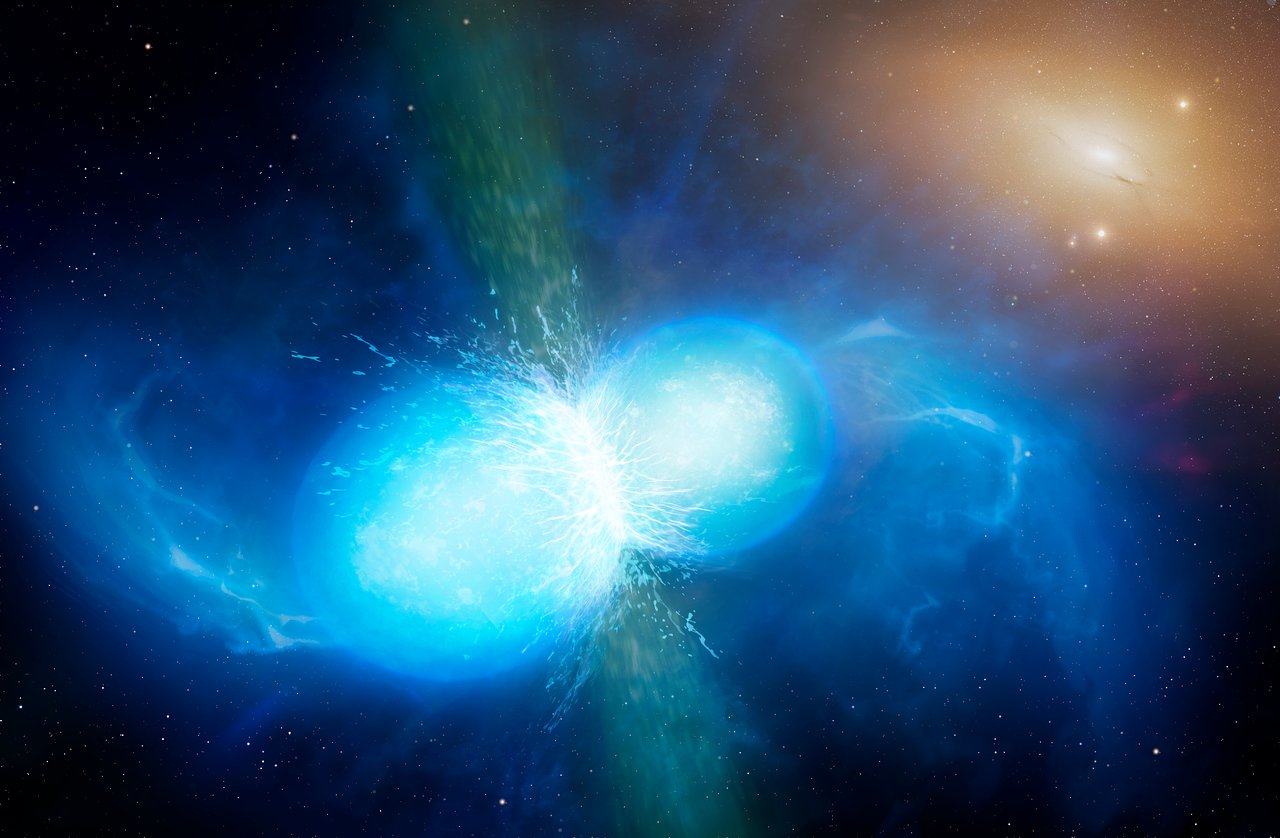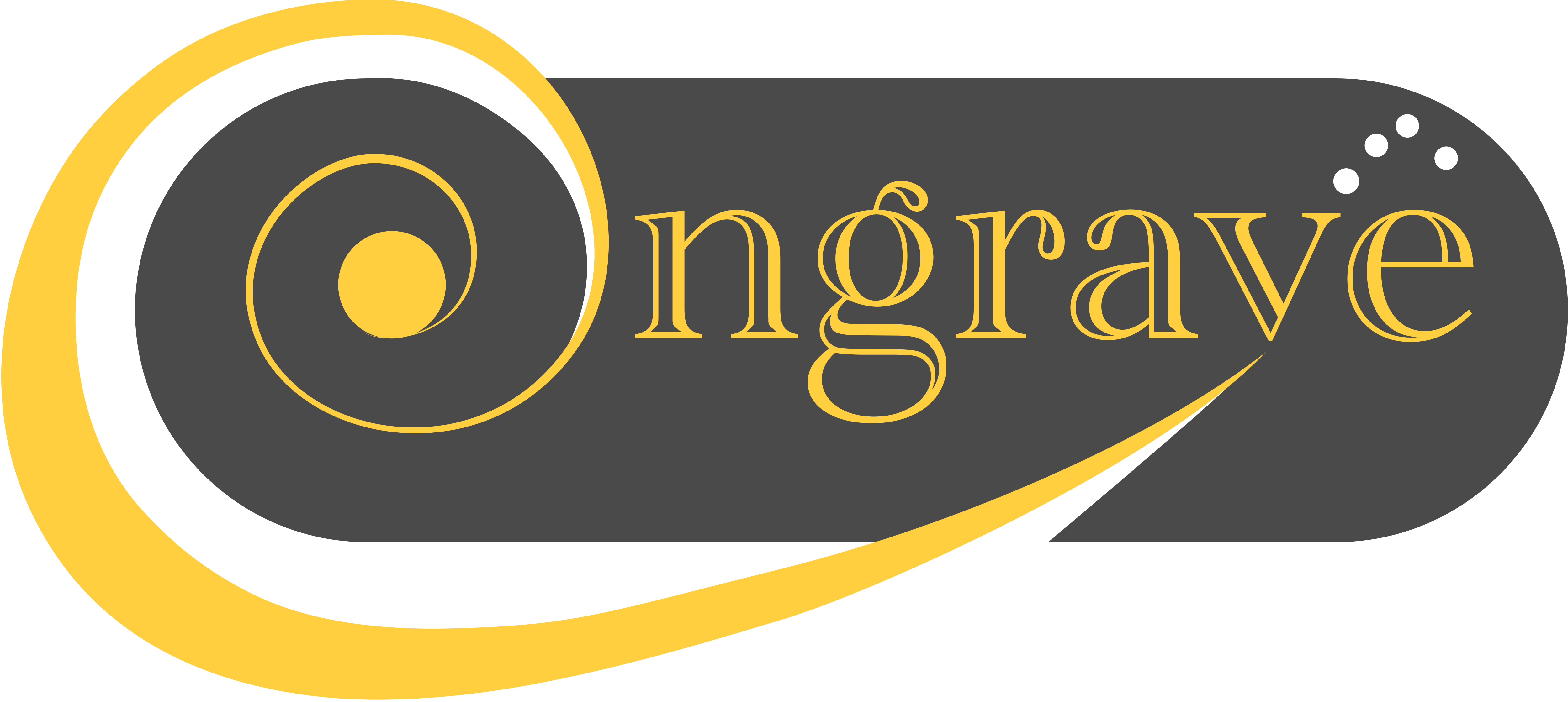
Dryrun Operations Team A
The members of Operations Team A responded within minutes of the alert arriving, checked visibility and made estimates of the expected counterpart magnitude. We found no obvious host in the region that we could observe with MUSE. While waiting for EM counterparts, we prepared OBs.
S. Smartt coordinated with the observers on the fake NTT to start taking targeted imaging of potential hosts.
We discarded the long GRB as very likely unrelated, and even if it was related, not improving the localisation.
When making finder charts, we realised that fcmaker would not work, as the Gaia archive was down. We hence made finders manually.
We discussed the five candidates which were found in the meantime, and were very close to triggering on target GWT3. When preparing the finder charts, we realised that it was very far from its host, and hence decided it was an unlikely counterpart.
When the PanSTARRS source was identified, we realised that this was outside the error box - but as the GW region was 90% confidence (and indeed as the maps had shifted in the past), we were less concerned about this. In addition, as ATLAS forced photometry (through Smartt) showed no source at this position the previous night, we were confident that this was not a rising SN given the abs mag.
We triggered 2x1200s XShooter on the PanSTARRS source within ~10 mins of discovery (PanSTARRS source reported at 13.19, XShooter trigger sent at 13.31). J. Chen triggered GROND at this point, and we also triggered HAWK-I and FORS spectropolarimetry.
We deferred the decision on whether to take NACO L-band imaging until after we saw the K-band region in the XShooter spectrum. Similarly for MUSE, we decided that this was not so urgent
Along with the triggers, we contacted fake Paranal by e-mail to make sure that they would observe the OB asap.
When we obtained the data, we reduced it with the quick reduction pipeline. Unfortunately, the pipeline defaults to reducing some test data, and unfortunately the test data is GW170817. So, we found exactly what we expected to see.
Within ~10 mins we had a reduced spectrum (of the wrong data), had decided that this was a kilonova, and were drafting a GCN. The GCN was released 22 minutes after the XShooter data was available.
At the same time (22 minutes after the first XShooter data became available), we had triggered for followup spectroscopy with XShooter - and had requested the target be observed continuously for the remainder of the night.
At this point, we were able to do some further analysis (fitting a blackbody to the XShooter spectrum, determining a luminosity and temperature from the GROND data). HAWK-I imaging, FORS2 specpol and XShooter spectra were all triggered or being taken, along with optical/NIR imaging from GROND and optical imaging from NTT.
We spent 4 hours on XShooter, 2 hr on HAWKI and 2 hr FORS specpol. There were two XShooter triggers, one for each of HAWKI and FORS2 specpol. In addition, we requested FORS2 imaging (but this was a very quick OB). Morgan Fraser, on behalf of team A
Team members:
Chen, D’Elia, Dall’Ora, Fraser, Gillanders, Gromadzki, Lyman, Patat, Schady, Smartt
